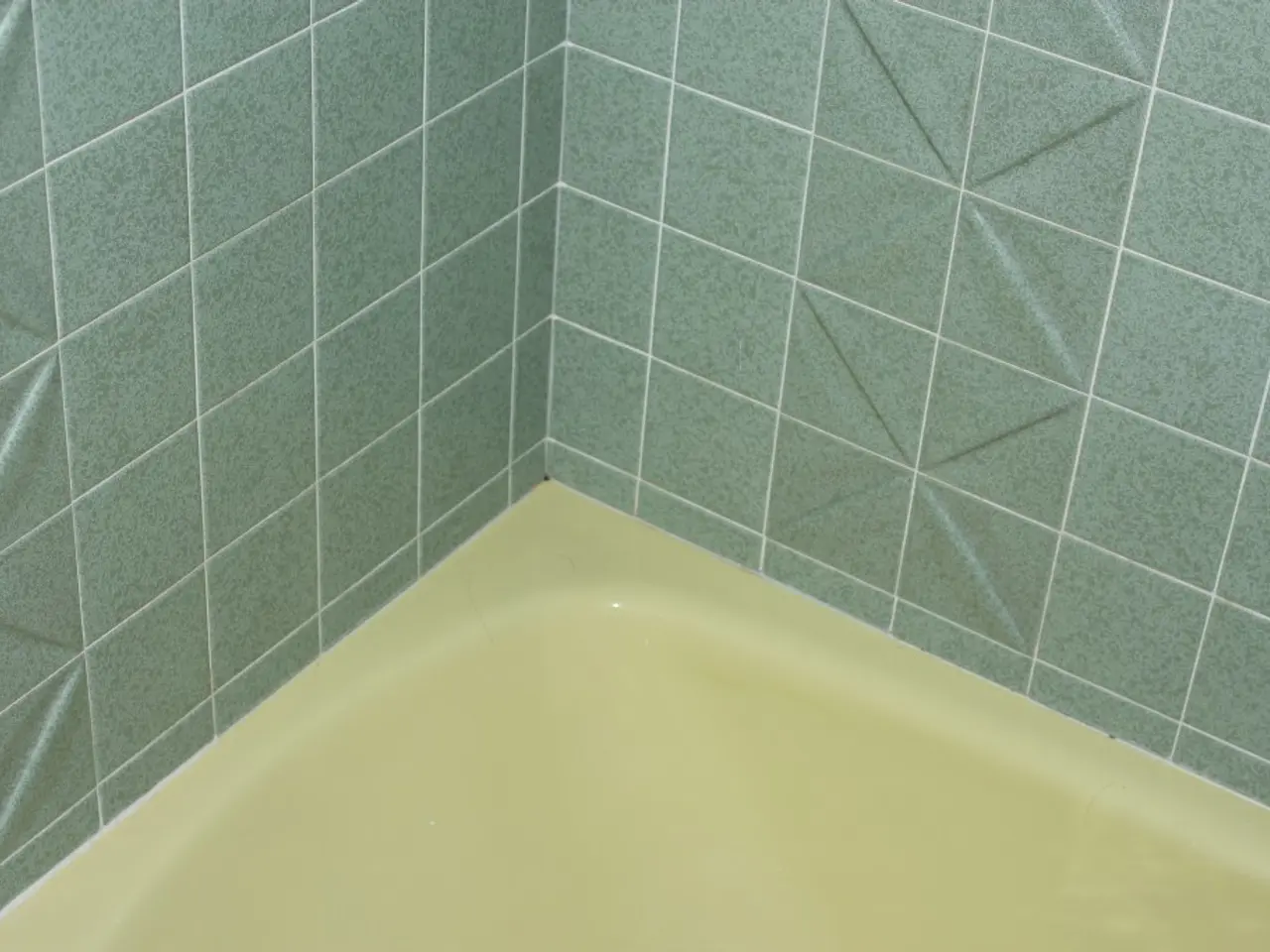Choosing between bathroom paint color or tiles first: Insights from design experts for a harmonious decor
In the world of bathroom design, the selection of tiles plays a pivotal role in determining the overall aesthetic of the space. This is because tiles, often the most expensive and statement-making material in the room, serve as the foundation for the design.
When creating an elevated and cohesive bathroom design, it is generally recommended to choose the tiles first and then select a paint colour that complements or enhances the tile palette. This approach ensures that the more permanent and textured material—the tiles—sets the foundation for the overall look, while the paint colour supports and unifies the design.
The intricate patterns, textures, and colours of tiles make them less flexible to change than paint. By selecting the tiles first, you can pick a paint colour that harmonizes with the tile hues and finishes. For instance, if you use natural clay-toned or green tiles, you can then choose coordinating neutral or complementary paint colours, such as sandy beige or sage green, to create a layered, timeless effect.
Designers recommend a monochromatic or limited colour palette approach to maintain cohesion and avoid a choppy or busy look in small bathrooms. This means choosing a colour palette where all elements, including the tiles, walls, and cabinets, share the same or similar hues.
Current trends lean towards rich earthy tones and nature-inspired hues. Starting with tiles of these colours can guide your wall paint selection towards warmer, organic tones that feel elevated and fresh. Additionally, the light reflectance values (LRVs) of paint colours are important. After choosing tiles, select a paint with an appropriate LRV to balance light and mood, ensuring the bathroom feels bright and inviting without harsh contrasts.
In a bolder, more colourful bathroom, selecting the tiles first will give you the entire palette for the rest of your space. However, it's important to note that the order in which you choose your bathroom paint colour or tiles is not set in stone. It depends on the style and design of your space.
When embarking on a DIY bathroom project, it's advised to request samples of the paint colours, tiles, and any other materials to make sure they work together before committing. Tiles come with unique undertones, variations, and textures that are fixed, making it much simpler to custom-match a paint colour to complement the unique characteristics of your tile than it is to find a tile that perfectly matches a pre-selected paint.
In summary, choosing your bathroom tiles based on texture, pattern, and desired colour family (often nature-inspired or earthy) is the first step towards a cohesive and elevated bathroom design. Then, choose paint colours that either match (monochromatic) or complement the tile colours to create a design that is harmonious and stylish.
In the realm of comprehensive interior design, selecting tiles, particularly natural earthy tones or those inspired by nature, serves as the starting point for shaping a cohesive and chic home-and-garden aesthetic, especially in the bathroom. Subsequently, the choice of paint colour should reflect the tile palette, be it complementary neutral hues or coordinating shades like sandy beige or sage green, to result in a harmonious lifestyle space.




